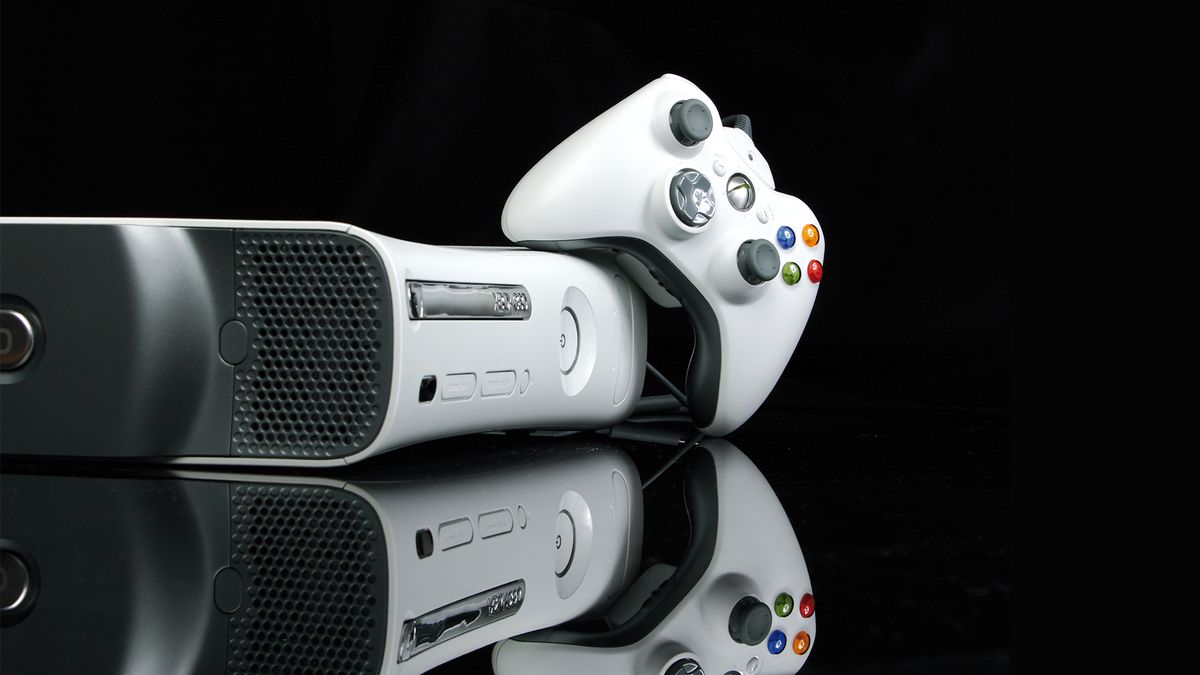IbizaPocholo
NeoGAFs Kent Brockman

Peter Moore on how Xbox solved the Red Ring of Death
Ex-Xbox head on $1 billion gamble to save the Xbox 360
In a new interview as part of the final Edge Game Changers look back at console launches of the past, ex-Xbox Head Peter Moore has spoken about how the cost of fixing the Red Ring of Death was an astronomical $1.15bn. Yes, billion.
He told Edge Game Changers: "I presented to [then Microsoft CEO] Steve Ballmer: 'This is going to cost us $1.15bn to fix this – to protect the brand, to protect our reputation, to keep this business going'."
"You know, you expect to get your head blown off, but Steve is an astute businessman who recognizes that things can go wrong. Steve saw the big picture: it's not that things go wrong, it's how you fix it. And the moment I had to present the facts and the cost, saying, 'Look, this is what we think that it looks like…' Steve didn't blink, and rightly so."
Ballmer and Moore's gamble clearly paid off, as we await the launch of the Xbox Series X and Xbox Series S. Looking back with hindsight, Moore muses: "We're going to stand up, and we've got to put up if we truly believe that this is an industry worth Microsoft being in, and being in as a leader, you know? We're building a brand from nowhere, and the potential for this brand going forward is monstrous. And is [the RROD] a blip? It's more than a blip, and it's more than a speed bump, but fortunately, a company like Microsoft has the resources to be able to absorb it. I remember wondering when I was going to crater the stock price. The next day it barely moved."
"We'd budgeted a hundred dollars per unit just for the console to go back [and be fixed and returned]. That was the plan, to deliver a world-class customer experience that made you forget. Once you got your Xbox back, y'know, you forgot what had happened."

